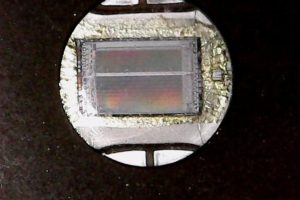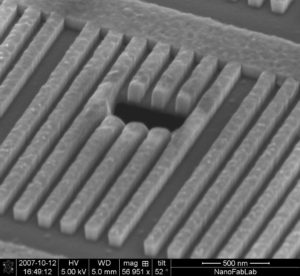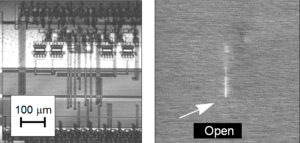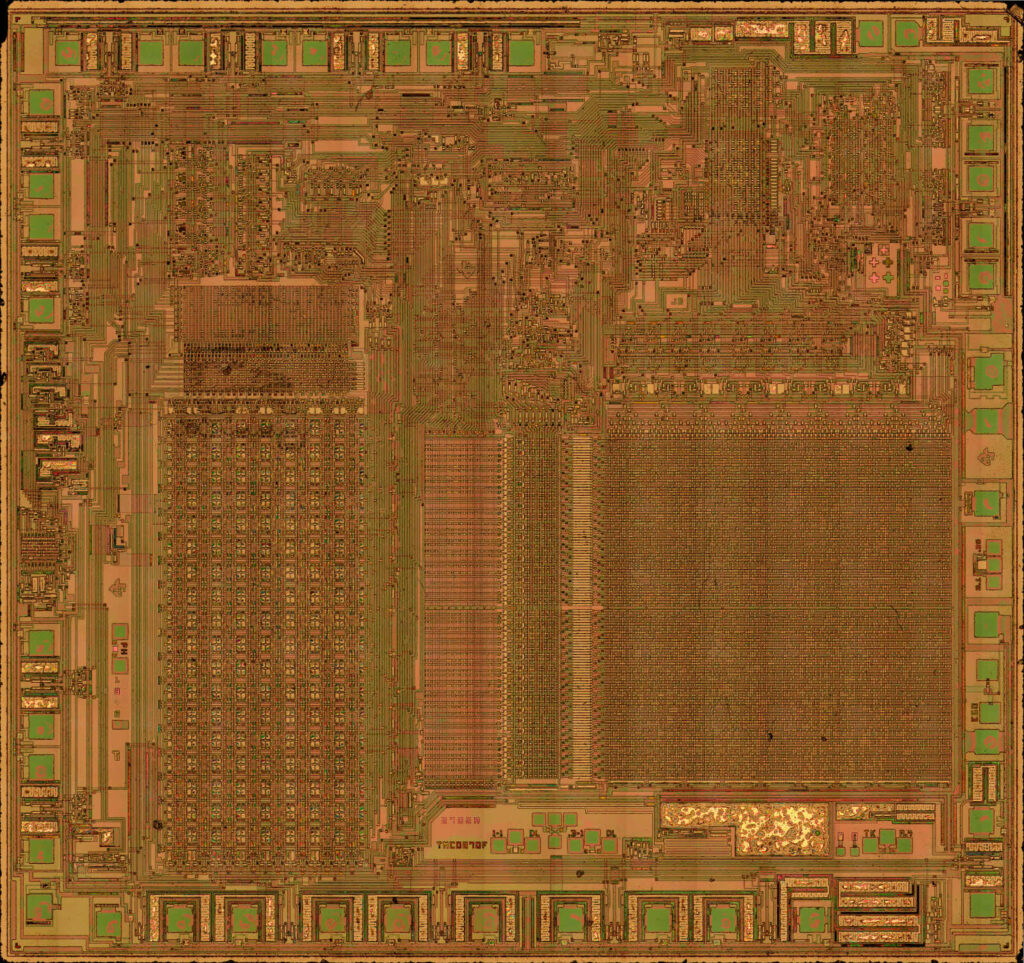Crack IC ATmega640 Source Code
Crack IC ATmega640 locked memory, locate the security fuse bit which has been applied for Microcontroller encryption, using focus ion beam to cut it off and recover MCU Source Code out from its flash and eeprom memory;
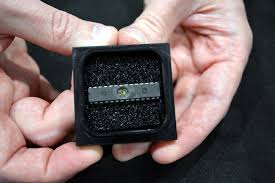
Crack IC ATmega640 locked memory, locate the security fuse bit which has been applied for Microcontroller encryption, using focus ion beam to cut it off and recover MCU Source Code out from its flash and eeprom memory
The interconnection between master and slave CPUs with SPI is shown in the following figure. The SCK pin is the clock output in the master mode but is the clock input in the slave mode when microchip mcu PIC16F627A dump cloning.
Writing to the SPI data register of the master CPU starts the SPI clock generator, and the data written shifts out of the MOSI pin and into the MOSI pin of the slave CPU. After shifting one byte, the SPI clock generator stops, setting the end of transmission flag (SPIF).
If both the SPI interrupt enable bit (SPIE) and the serial port interrupt enable bit (ES) are set, an interrupt is requested. The Slave Select input, SS/P1.4, is set low to select an individual SPI device as a slave. When SS/P1.4 is set high, the SPI port is deactivated and the MOSI/P1.5 pin can be used as an input.
There are four combinations of SCK phase and polarity with respect to serial data, which are determined by control bits CPHA and CPOL. The SPI data transfer formats after microchip mcu pic16f818 bin reading.
The AT89S53 has a total of six interrupt vectors: two external interrupts (INT0 and INT1), three timer interrupts (Timers 0, 1, and 2), and the serial port interrupt. Each of these interrupt sources can be individually enabled or disabled by setting or clearing a bit in Special Function Register IE. IE also contains a global disable bit, EA, which disables all interrupts at once if microchip MCU PIC16F874 dump deciphering.
Note that Table 10 shows that bit position IE.6 is unimplemented. In the AT89C51, bit position IE.5 is also unimplemented. User software should not write 1s to these bit positions, since they may be used in future AT89 products. Timer 2 interrupt is generated by the logical OR of bits TF2 and EXF2 in register T2CON.
Neither of these flags is cleared by hardware when the service routine is vectored
- In fact, the service routine may have to determine whether it was TF2 or EXF2 that generated the interrupt, and that bit will have to be cleared in software.
The Timer 0 and Timer 1 flags, TF0 and TF1, are set at S5P2 of the cycle in which the timers overflow. The values are then polled by the circuitry in the next cycle. However, the Timer 2 flag, TF2, is set at S2P2 and is polled in the same cycle in which the timer overflows.
Tags: crack ic archive,crack ic binary,crack ic code,crack ic content,crack ic data,crack ic eeprom,crack ic file,crack ic firmware,crack ic heximal,crack ic information,crack ic memory,crack ic program


